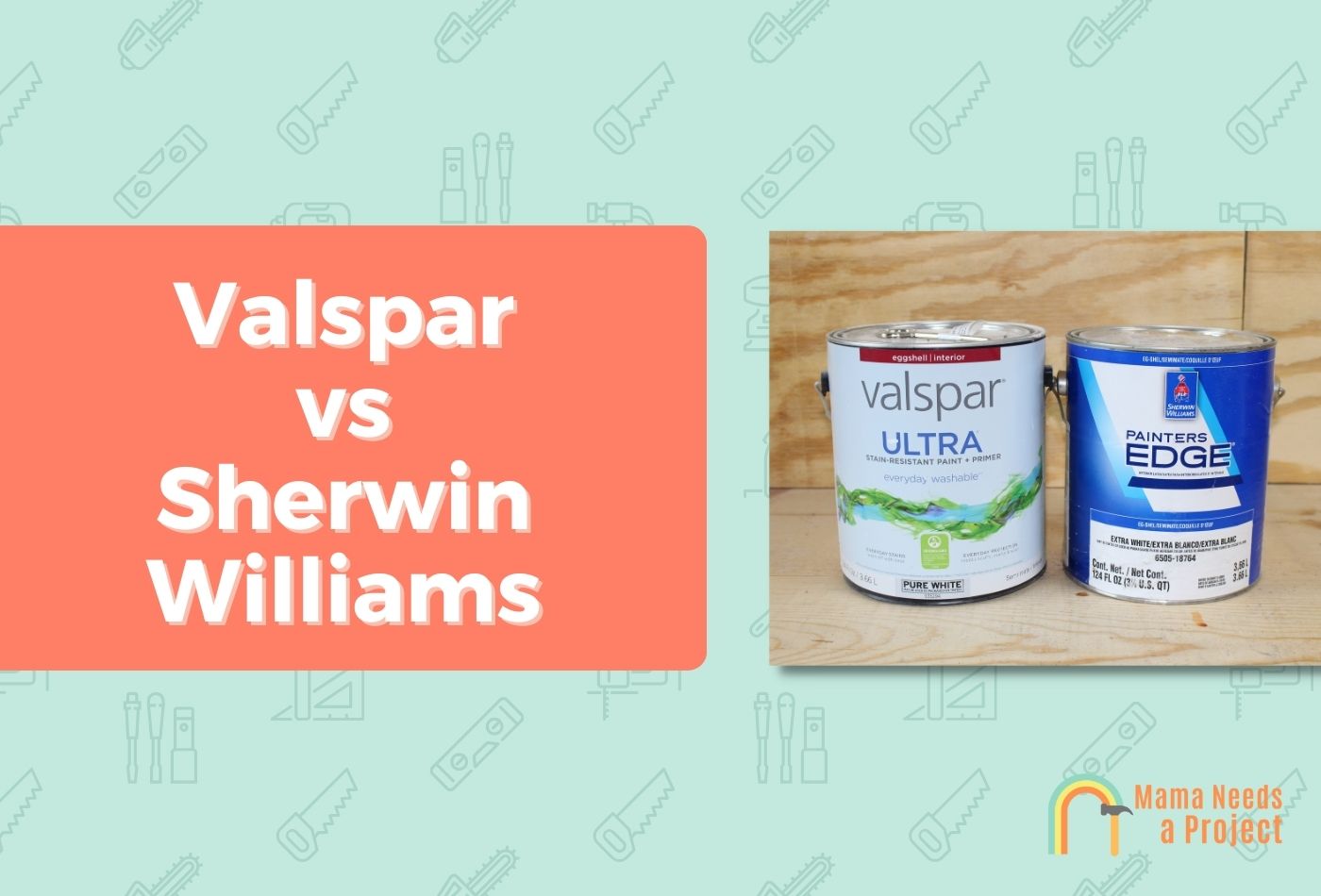Valspar vs Sherwin-Williams: Which is Better? (2024)
Valspar and Sherwin-Williams are two of the most respected paint brands on the market today, and they’re often compared.
So if you’ve been wondering which brand wins in the contest of Valspar vs Sherwin-Williams, I’ve got you covered! Below, I’ll compare both brands in depth to determine which is superior!
- Sherwin-Williams paint is generally superior to Valspar paint, and I’ve found the same can be said of their other products.
- But Valspar products are well-respected for being capable and reliable, so these shouldn’t be discounted just because Sherwin-Williams products are technically superior.
Valspar vs Sherwin-Williams
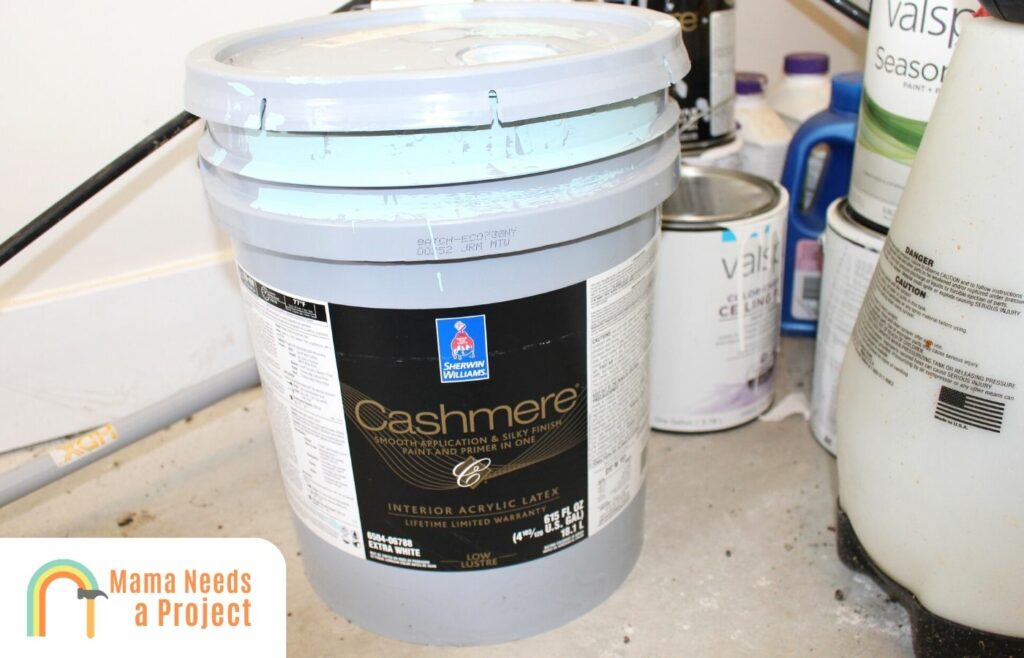
Quality
When it comes to overall paint quality, I’d say Valspar and Sherwin-Williams are neck and neck, with a slight edge going to SW paint.
Sherwin-Williams paints tend to last longer than their Valspar counterparts, and it takes them longer to show signs of wear and tear.
And many of their water-based products are just as strong as some of the products Valspar makes with oil, which speaks to Sherwin-Williams’ design quality.
But at the end of the day, whether you’re shopping for paint, stain, primer, or sealer with quality in mind, you can’t go wrong with either brand, as both have shown over hundreds of years that they care about product quality.
Color & Sheen Selection
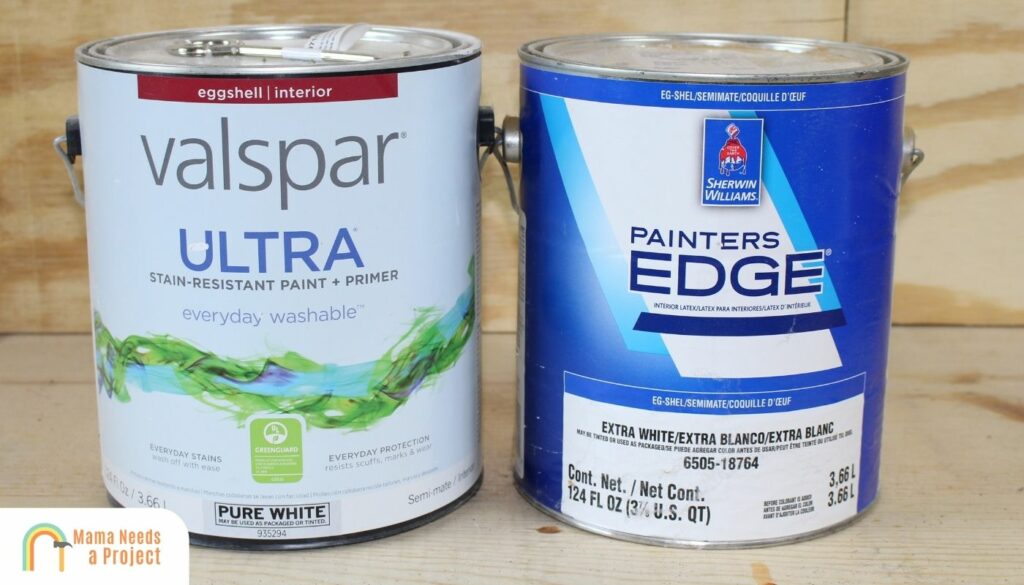
Valspar and Sherwin-Williams both offer hundreds of paint and stain colors, and their finishes come in a variety of sheens.
But again, Sherwin-Williams has a slight edge, as they offer more colors when it comes to interior paint.
And while this may not be important to some, I feel obligated to point out that browsing available colors is easier on Sherwin-Williams’ site than it is on Valspar’s.
That is a bit intriguing, especially when you consider Sherwin-Williams acquired Valspar years ago; you’d think the websites would be similar.
Ease of Use
Valspar paint is pretty easy to use, and the same can be said of Sherwin-Williams paint. Therefore, in this category, it’s a tie.
So whether you’re a seasoned pro or someone who’s never painted a surface before, both brands should suit you well.
I will say, however, that since the majority of Sherwin-Williams’ paints are water-based, it’s fair to say most of their paints are quick-drying and easy to spread.
But Valspar makes a handful of good water-based paints too, which is why the paint brands are technically even in this category.
Are you having a hard time selecting the right paint color? Check out the video below!
Product Selection
Valspar and Sherwin-Williams both offer wide selections, but Sherwin Williams has more finishes that are designed specifically for professional painters.
For example, they make more concrete and masonry paints than Valspar, and they also make durable paint for marine applications.
And when it comes to equipment, Sherwin-Williams has Valspar beat big time.
But the bottom line is these two paint brands have a lot to offer, and you’ll never find lower-quality paints sporting either logo.
Versatility
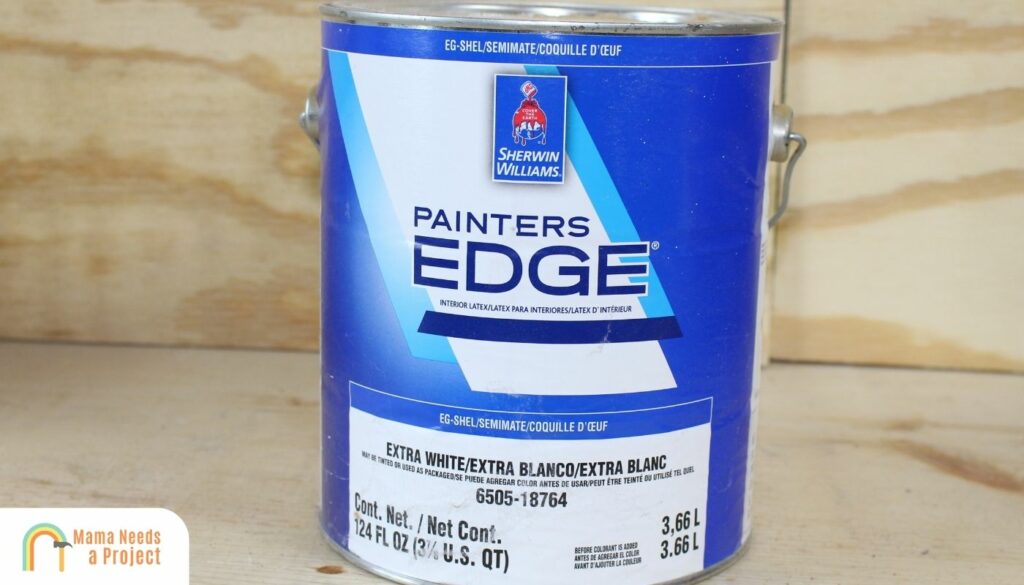
This is another category where these paint brands are pretty much even, but again you can give a slight edge to Sherwin-Williams solely because they put out more products.
But when I speak of versatility in this context, I’m speaking about the ways in which a product can be used.
So if a paint, for example, can be used on numerous materials, and if it can be used both indoors and outdoors, it’s versatile to me.
Similarly, if a sealer can waterproof all surfaces, not just some, it can be classified as versatile.
But we have to remember that these are two of the most popular paint brands, so it shouldn’t come as a surprise that their products are made with versatility in mind, and that’s exactly what I expect from higher-quality paint.
Customer Service
Both Valspar and Sherwin-Williams are known for having top-notch customer service, and they back most of their products with a warranty or satisfaction-guarantee.
And when you want to know how to get the absolute most out of your product, whether it’s a Sherwin-Williams or Valspar paint, you can access plenty of resources online.
Finally, judging by reviews I’ve seen across different platforms, it seems most people have more good things to say about both brands than bad.
Price & Warranty
Sherwin-Williams paint tends to be more expensive than Valspar paint, and in some cases we’re talking about a difference of $20-$30.
Of course, if you’re purchasing one of SW’s top-of-the-line products, like Sherwin-Williams Emerald or Sherwin Williams Color Accents, you could be spending upwards of $50, possibly even $100.
Valspar Signature Paint, on the other hand, will run you about $45, depending on where you buy it from.
You can find Valspar and Sherwin-Williams alongside other paint brands at Benjamin Moore and similar stores, or you can shop online through Amazon—my preferred method!
Toxicity
Toxicity is another important factor to consider, especially since both paint brands make low-VOC products as well as products with a higher concentration.
Basically, if a product is oil-based, or if it has a lot of chemicals in general, you can count on it having more VOC.
On the other hand, if it’s water- or latex-based, chances are it’ll have the absolute minimum amount of VOC required.
The nice thing about eco-friendly paints and stains is they can be safe and good for the environment without being weak or visually lackluster.
History of Valspar
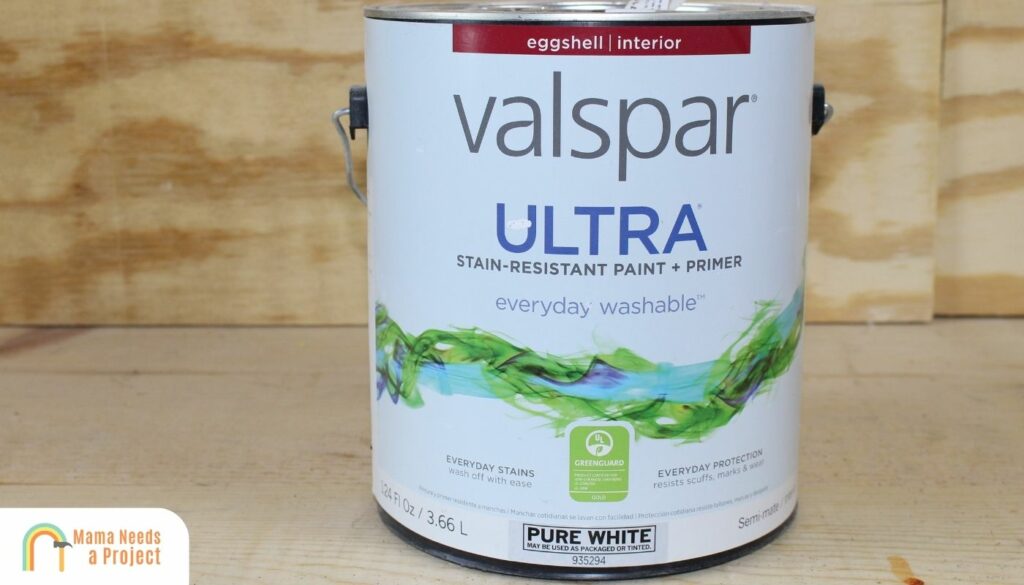
Valspar has been manufacturing paints and other finishes for more than two centuries, and today they’re part of the Sherwin-Williams company.
In 1906, they released the product that’d make Valspar a household name: Valspar varnish, the first wood coating to retain its clearness after being exposed to water.
In fact, their tag line back then was: “Valspar, the varnish that won’t turn white.”
And because Valspar looked good, held up, and was easy to use, it was a part of many historic events, including Admiral Perry’s North Pole expedition and Charles Lindbergh’s solo flight to Paris.
During the Great Depression, Valspar managed to stay afloat, mainly because they were still coming out with new, useful products, including Super Valspar, Four-Hour Valspar, Three V Floor Varnish, and French Formula Enamel.
More than fifty years later, Valspar would merge with the Rockcote Paint Company, and then merged again with Minnesota Paints, Inc. in 1970.
Soon after these mergers, Valspar became a Fortune 500 company.
In the mid-1990s, Valspar began to expand overseas, and ten years later international sales were up to 30% from 3%.
Today, Valspar operates more than 50 manufacturing plants that are spread out across the U.S., Canada, Mexico, Brazil, the U.K., Ireland, France, the Netherlands, Germany, Switzerland, Australia, China, Malaysia, Singapore, and South Africa.
History of Sherwin-Williams
The Sherwin-Williams company was founded by Henry A. Sherwin and Edward P. Williams in 1866.
Their first highly successful product was launched in 1873: an oil-based paint called “Guaranteed Strictly Pure Raw Umber in Oil.”
Four years later, innovation struck again, this time in the form of the first-ever resealable paint can.
In 1888, the company expanded operations beyond Cleveland, Ohio with the acquisition of Calumet Paint Company of Chicago.
Two years later, they introduced a line of marine finishes, and these were wildly successful. After all, we’re talking about a time when ocean liners were the unmatched symbol of luxury travel.
Shortly after the turn of the century, Sherwin-Williams expanded to London, which gave them access to new markets in Canada, Australia, New Zealand, China, India, and South Africa.
In 1925, Sherwin-Williams was listed on the American Stock Exchange, and three years later their first-ever synthetic aviation coatings hit the market.
Nearly two decades later, they introduced a fast-drying, water-based paint designed for household use, alongside an innovative paint roller: the Roller-Koater.
And nearly three decades after that, the company would hit $1 billion in sales. Then, in 1991, they’d open their 2,000th store!
In 2017, they’d purchase Valspar, their largest acquisition—and the one that’d make them the undisputed leader in the paint manufacturing space.
Valspar Product Line
Interior Paints & Primers
Valspar has over two-dozen interior paints and primers on the market right now, and many of their paints have primer mixed in to shorten the application process.
Valspar Ultra High-Gloss Paint-Primer is their most popular paint primer, and even though it’s designed for indoor use it works great outdoors too. It’s also great when you want a durable, lustrous finish.
Valspar Stain Stopper is their most popular primer-sealer, mainly because it’s a strong, oil-based product that can block out stains and surface imperfections, whether it’s used on finished or bare wood.
Exterior Paints & Primers
Valspar also has a decent selection of exterior paints and primers, with Valspar Defense Exterior Paint + Primer being the most popular paint-primer, and Valspar Exterior Primer-Sealer being the most popular primer-sealer.
Both products are designed to withstand the elements, and the paint comes in three sheens: flat, satin, and semi-gloss.
The primer-sealer is impressive because it prevents mold, mildew, and funguses from wreaking havoc on the surface it’s applied to, and it’ll be rain-ready after just 1.5 hours of drying time.
Exterior Wood Stains
Valspar makes a few wood stains too, and their One-Coat Transparent Stain & Sealer is the most popular in this category.
They also make an all-in-one wood-prep solution that’s designed for use before staining, and this product boasts a 5-star rating on Valspar’s website.
Tools & Supplies
Valspar makes dozens of brushes and rollers too, and they also make roller covers that can be used on rollers made by other companies.
Many of their brushes are specialty brushes that were designed with specific projects and tasks in mind.
Sherwin-Williams Product Line
At present, Sherwin-Williams manufactures paints, primers, wood stains, sealers, commercial high-performance coatings, concrete and masonry products, aerosols, and floor coatings.
They also manufacture a wide variety of painter’s tools, supplies, cleaning equipment, and safety gear.
Interior & Exterior Paints
Sherwin-Williams makes water- and oil-based paints for interior and exterior surfaces, and their Solo Interior-Exterior Acrylic paint is one of their most popular options.
This paint resists scratches and dents quite well, and it can be used on everything from doors to trim.
Their Emerald Urethane Trim Enamel is a popular option too, as is their Rejuvenate Siding Restoration.
And you can’t talk about Sherwin-Williams exterior paint without mentioning their Resilience Exterior Acrylic Latex paint; it’s versatile, impressively moisture-resistant, and designed to last.
Primers & Sealers
Sherwin-Williams sells over a dozen primers, with their Exterior Latex Wood Primer, Extreme Block Primer Sealer, and PrimeRX Peel Bonding Primer being some of their most popular options.
These primers work well with virtually all paints, but they work best with Sherwin-Williams paints.
Lastly, they can be applied to a variety of surfaces, so they’re versatile and cost-effective.
Equipment
Since they’re the undisputed leader in the paint manufacturing space, it should come as no surprise that Sherwin-Williams manufactures a wide variety of paint tools.
At present, they make over 70 brushes, and they also make rollers and associated equipment.
And you can even get the big stuff through them, i.e. ladders, scaffolds, and climbing equipment.
They also make tape, sandpaper, drop cloths, caulk, cleaning supplies, safety equipment—the list goes on an on.
Valspar Pros & Cons
Valspar Pros
- Quality: Valspar paints, primers, stains, and sealers are all first-rate as far as overall quality is concerned, and they’re designed to be effective, long-lasting, and easy to use.
- Variety: Valspar offers a wide variety of products, and their paints, stains, etc. come in all the popular colors and many more. And they don’t just make oil-based products but water-based too.
- Accessibility: Valspar products can be utilized by professionals and hobbyists alike.
- Eco-Friendly: Valspar makes products with minimal volatile organic compounds (VOC), and these products are not only safer but more eco-friendly as well.
Valspar Cons
- Limited Equipment Selection: While Valspar does make the essential painting tools (brushes, rollers, etc.), they don’t make all the accessories and gear you’ll need to complete a paint job.
Sherwin-William Pros & Cons
Sherwin-William Pros
- Quality: Sherwin-Williams paints outshine other paints by a wide margin, with the closest competitor being Valspar. They’ll last long and look attractive all the while.
- Vast Selection: Sherwin-Williams offers a vast, vast selection of paints, primers, sealers, and coatings for specific materials. They put out oil-based, water-based, latex, and enamel paints.
- Accessibility: Both professionals and DIYers swear by Sherwin-Williams paints, and their other products are easy to use as well. The same can be said for their equipment.
- Eco-Friendliness: Not only do they make water-based and latex products, which are generally more eco-friendly, they also make products that are specifically designed to be greener.
Sherwin-William Cons
- Price: Even some basic Sherwin-Williams products can be on the pricey side, but at least their quality justifies this in most cases.
Final Verdict
To recap, Sherwin-Williams paints, primers, sealers, etc. are generally superior to their Valspar counterparts, but you shouldn’t count Valspar out, as both brands are synonymous with quality.
But Valspar does win in the price category, since their products are generally cheaper, albeit not by much.

